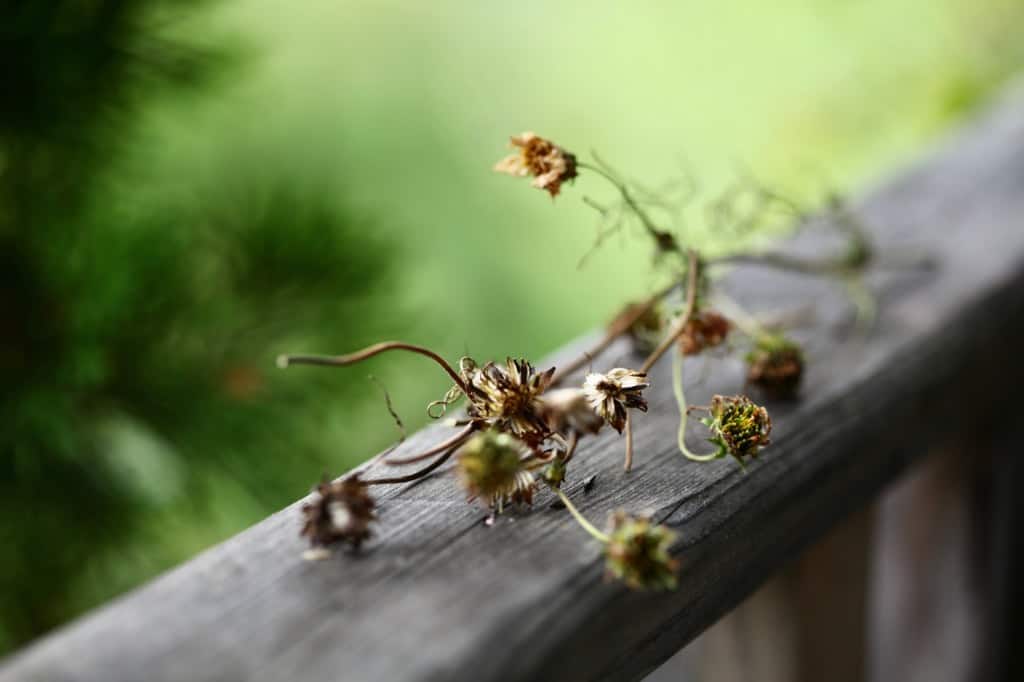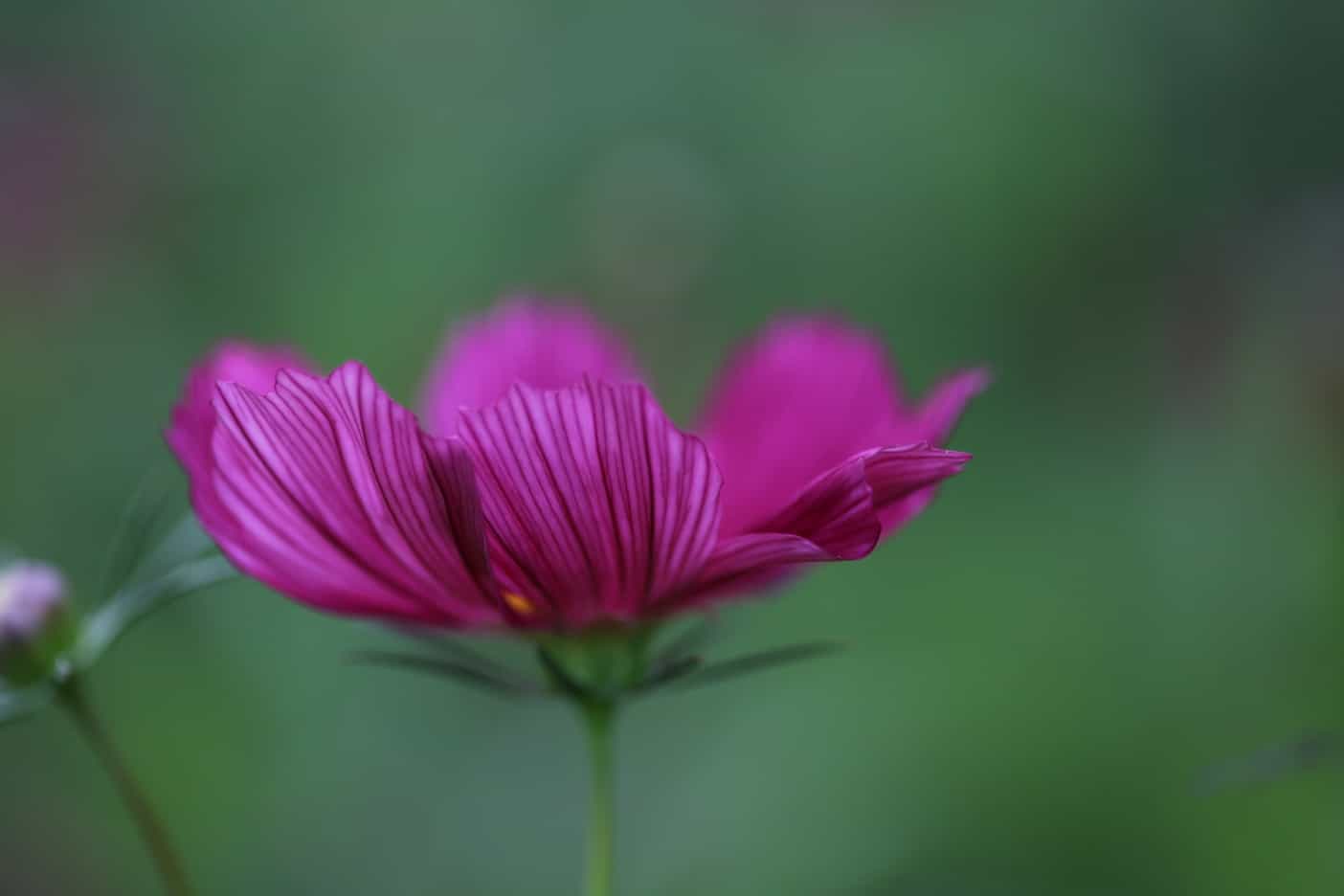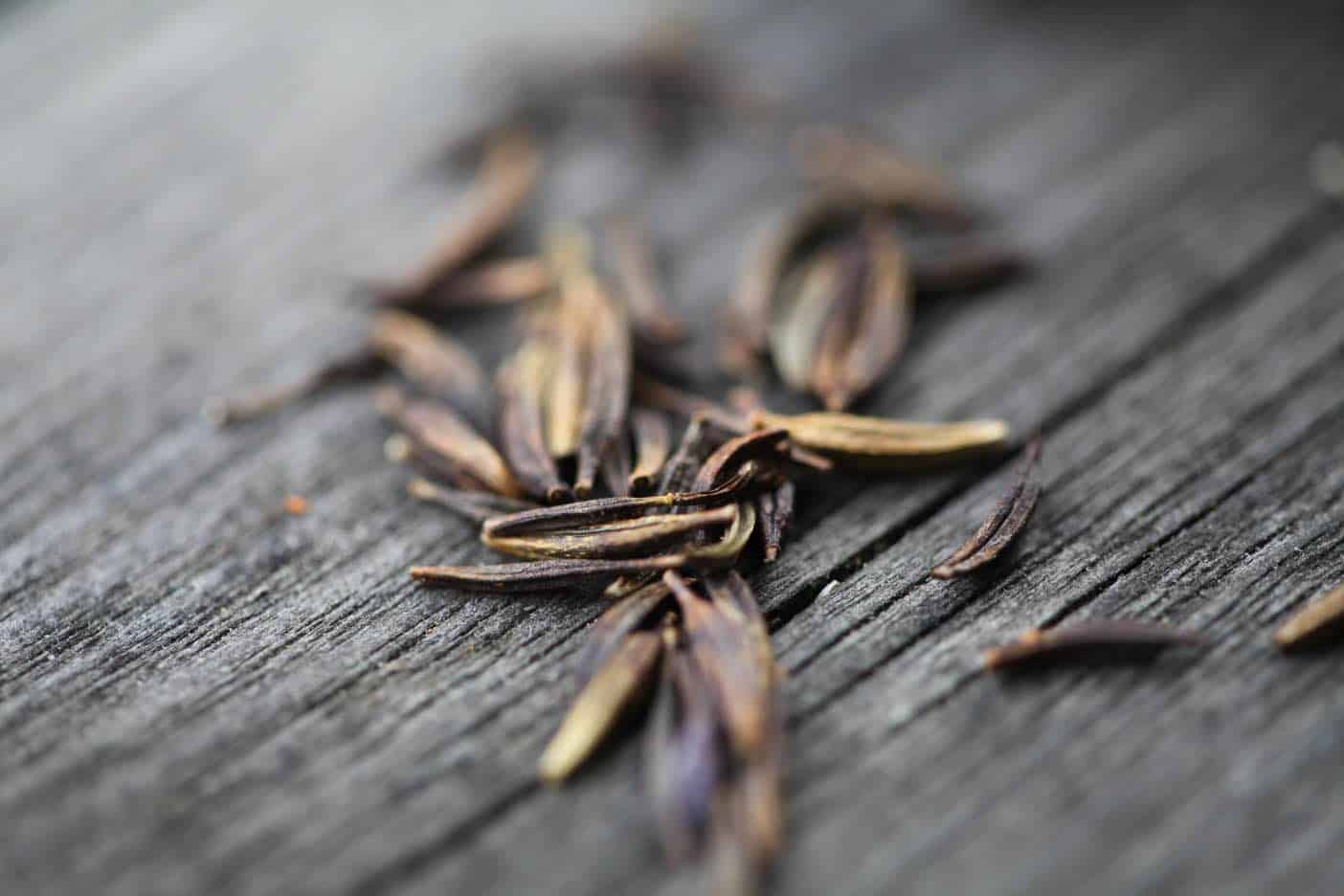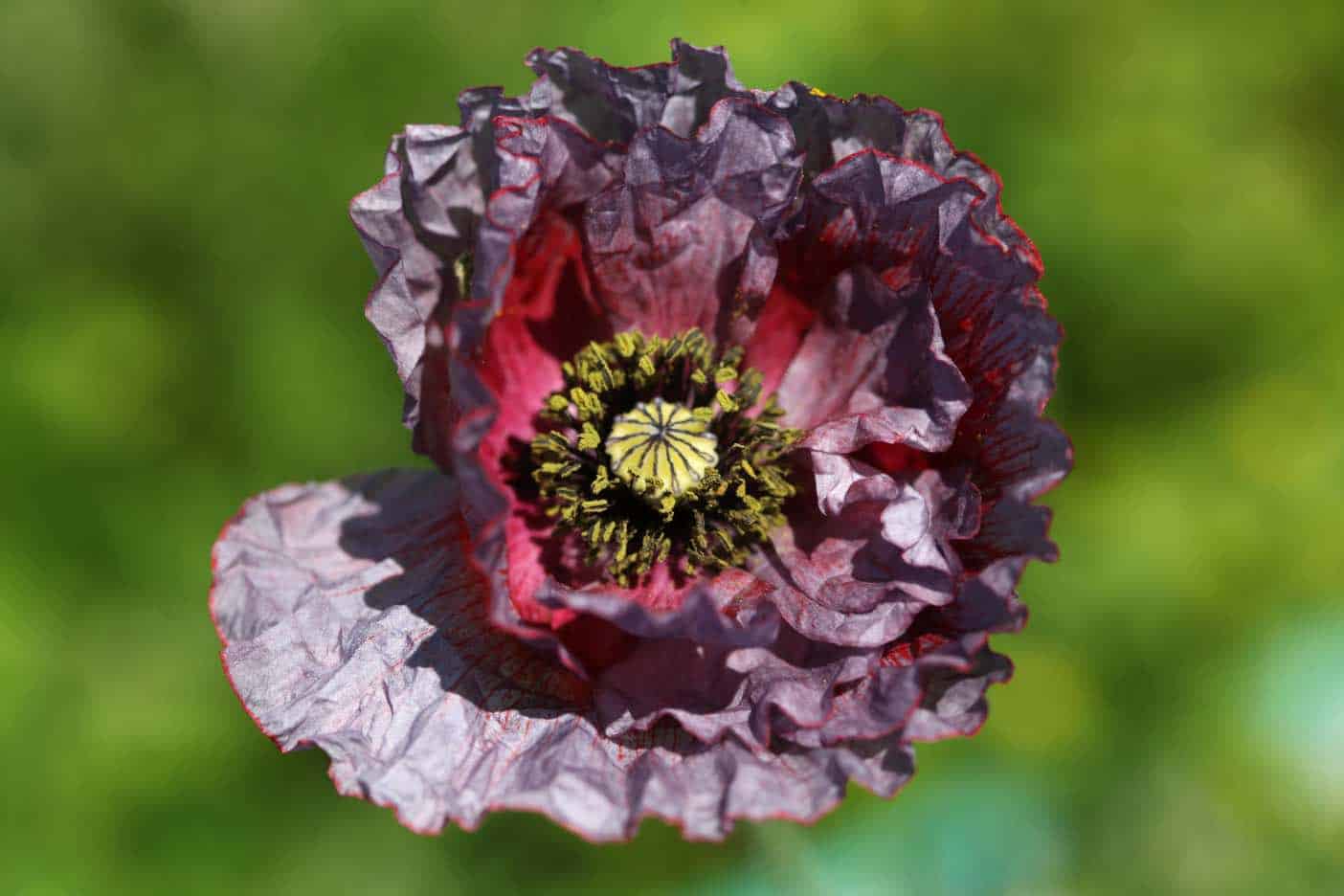Cosmos are beautiful flowering plants which are easy to grow, even for the beginner gardener. When planting cosmos into the garden, you may be wondering if cosmos are perennials, especially if they return to the garden year after year.

Cosmos are low maintenance plants which make an excellent addition to the summer garden. A magnet for beneficial insects, cosmos are popular cottage garden flowers, which often will bloom all summer long.
These delicate and simple flowers make great cut flowers, not only for their blooms, but for their soft and feathery foliage as well. Cosmos are some of the best annuals for the cut flower garden, appreciated for their beauty and prolific blooming.
Most cosmos blooms grow in shades of pastel pinks and whites, with various color combinations, as well as a variety of different forms and shapes.
One cosmos cultivar is also found in bright citrus colors, with bright orange and yellow flowers. Another species is a velvety dark red, with blooms that have the delightful scent of chocolate.
Let's have a look at which cultivar is perennial, and why some of the others, which are annuals, return to the garden year after year.

Are Cosmos Perennials?
Many gardeners wonder if cosmos are perennials, due to their propensity to self seed. Most are considered to be annual plants, however there is one popular species which is truly perennial. The perennial variety of cosmos is called Cosmos artrosanguineus, commonly known as chocolate cosmos. Chocolate cosmos is very distinctive, with a dark red flower, and a light chocolate fragrance.

Chocolate cosmos will return to the garden, if grown in usda hardiness zones 7 to 10. In colder climates however, the plant will need to be dug up and protected for the winter, similar to dahlia tubers in colder growing zones.
The chocolate cosmos species has also been crossed with another cosmos species, Cosmos sulphureus, creating hybrids. Some of the hybrids are identified in this publication from Natural Product Communications, titled: Qualitative and Quantitative Analysis Of Flower Pigments In Chocolate Cosmos, Cosmos Atrosanguineus, and It's Hybrids.
Some annual varieties of cosmos will often appear as if they are perennial as well. These plants can appear to return to the garden year after year, as perennials often do.
This is actually the result of self seeding, in which the annual cosmos release their seed, and grow into new plants the following season. This gives the appearance that the plants have returned, when in fact it is the new volunteer plants which have readily grown from the self seeding process.

Do Cosmos Self Seed?
Cosmos will readily self seed in the garden. Even in colder climates, these heat loving plants will release seeds that survive cold winters, and will grow the following spring.
Sometime annual cosmos plants will look like they are returning to the garden, and some gardeners may wonder if the plants are perennials. These new plants are the seedlings, which have been self seeded by the parent plant, returning to the garden the following year.

What Is Self Seeding?
Self seeding is a natural process by which plants will disperse their seeds into the environment around them. The self seeding process occurs without the assistance of humans, or any other external forces.
The self seeding process is a propagating technique which enables the plant to propagate itself. The plant will continue to grow on through it's offspring, ensuring continued survival through the growth of new plants.

Many plants have developed interesting mechanisms for self seeding.
Some, like milkweed, allow their seeds to be carried off in the winds on wonderful airborne structures. Others, like Chinese Forget Me Nots, develop seed coats which stick to objects or animals which pass by, transferring the seeds new locations.
Plants like cosmos however, have no special apparatus for self seeding. Rather, the cosmos plants have seeds which fall directly to the ground, close to the parent plant.

The seeds are pointed on each end, which may help with the landing location, as well as help the seeds to stick to the space where they land.
These self seeded seeds will germinate and produce new plants the following year, in the same location as the parent plant.
With a bit of moisture and sunlight, and sometimes a period of stratification to breakdown the seed coat, self seeded seedlings will begin to grow, when the time is just right for the growing zone in which they have seeded.

Which Cosmos Will Self Seed?
Here are some of the most common species of cosmos grown in the garden, which are known to self seed:
Cosmos Bipinnatus
This species of cosmos is a member of the Family Asteraceae and the Genus Cosmos.
C. bipinnatus is an annual flowering plant which is known to easily self-seed.

Also known as garden cosmos and Mexican aster, Cosmos bipinnatus is a popular garden plant, and is easy to grow. There are many different varieties within this species of garden cosmos.
The plant produces daisy-like flowers in shades of pink and white, with various color tones and petal forms. These cosmos petals are soft to the touch, and often appear luminous as the sunlight shines through the flowers in the garden.
Some of these cosmos varieties have single blooms, while others have intricate double blooms.

At the end of the season, when the flowers have finished blooming, the plant will produce seed heads if the flowers have been pollinated.
When the seed heads have matured, they will become dry and begin to fall apart. The seeds will release from the seed head, and then drop to the ground.
These seeds will then germinate the following season, allowing the plant to grow on through its progeny.
To prevent Cosmos bipinnatus from self seeding, you can dead head the spent blooms, before they have a chance to form seed heads and seeds.
Alternatively, you can leave the seed heads in place and allow the plant to drop it's seed, therefore enjoying the beauty and natural propagation of the plant.

Cosmos Sulphureus
This species of cosmos is a member of the Family Asteraceae and the Genus Cosmos. The plant is native to Mexico, Central America, and South America.
C. sulphureus is an annual plant which is also known to self-seed easily in the garden, similar to Cosmos bipinnatus.
Also known as sulfur cosmos and yellow cosmos, Cosmos sulphureus has vibrant and glowing blooms. The flowers glow in the sunlight, providing a pop of color in shades of orange and yellow wherever they are planted.

Cosmos sulphureus is a popular cosmos to grow as an ornamental, as well as an edible flower. This species of cosmos is easy to grow from seed.
The flower heads on this species of cosmos is similarly shaped to those of Cosmos bipinnatus. The seeds will fall away from the seed heads when they become mature and dry.
The seeds will fall to the ground, and germinate the following season, forming new plants similar to the parent plant.
Grow these heat-loving plants in a sunny spot for best flowering results.

Cosmos Caudatus
This species of cosmos is a member of the Family Asteraceae and the Genus Cosmos.
Native to Latin America and the West Indies, this species of cosmos is also an edible plant, with leaves and flowers used in salads.
Cosmos caudatus is a less common cosmos, although it's popularity is increasing as an ornamental plant. This species of cosmos is also known as king's salad, ulam raja, and kenikir.
This is an annual plant which is also known to easily self-seed. The plant will produce seeds prolifically.
Cosmos caudatus has flowers with pink, purple, or white ray florets. The plants are tall, and can reach a height exceeding 6 feet in some locations.
Cosmos Atrosanguineus
This species of cosmos is a member of the Family Asteraceae and the Genus Cosmos, and is native to Mexico.
Cosmos Atrosanguineus are herbaceous perennials, which are commonly known as chocolate cosmos.
The blooms have a similar shape and form to other cosmos flowers, however are generally a deep dark maroon color. The flowers also have a mild chocolatey fragrance, lending to their common name of chocolate cosmos.
The flowers are not edible, although they smell delicious.
Cosmos Atrosanguineus is not known to readily self-seed in the garden. Although seed heads will form, the seeds are often sterile, although sometimes fertile. Progeny are hybrids which can be quite different from the parent plant, with lighter coloring, and possibly without the chocolate-scented flowers.
Propagation of chocolate cosmos is best done through division or cuttings, if you are looking for the same plant as the parent.
Due to it's perennial nature, chocolate cosmos will return to the garden in warmer hardiness zones 7-10. In colder climates these perennials can be lifted, and the cosmos tubers can be stored over winter, similar to dahlia tubers.
What To Do With Cosmos In Autumn?
Most cosmos plants are annual plants, and will not return to the garden the following season. Rather, they will self seed, and their seedlings may return to the garden in the same location the next year.
Annual plants have a 12 month life cycle, and when they are finished blooming for the season and have finished producing their seeds, their life cycle is complete.
The plants can therefore be removed from the garden when they are spent. This can be done in the fall, or the following spring.

Do You Cut Down Cosmos In Fall?
Cutting the cosmos plant back in fall is a personal preference.
Some gardeners do a fall cleanup, and cut back their plants and remove the garden debris to tidy up the garden. Others allow the plant to compost over the winter, into the garden soil, and then do a spring cleanup.
Annual cosmos will not return to the garden the following season, however the old plants will leave some old stems and stalks, which will need to be removed eventually.

Caring For Chocolate Cosmos In Fall
If you are in a warmer climate which does not get freezing temperatures over the winter months, chocolate cosmos can be left in the garden.
Cut the stems back to within a few inches from the ground. Mulch the soil over the plant with mulch, straw, or a thick covering of leaves to help to insulate the plant.
In cooler climates however the tubers can be dug and brought indoors for storage.
Frequently Asked Questions
Will Cosmos Survive The Winter?
Annual cosmos will not survive the winter, as they have finished their growth cycle and their short lifespan.
If you want more of the same cosmos plants in the garden for the next season, be sure to collect some seeds for planting out next spring.
You can also allow the plants to reseed, and wait for volunteer plants to grow next season.
If you are growing chocolate cosmos, the plant may survive the winter if grown in warmer climates. Mulch around the plants to provide some extra insulation against the cold winter temperatures.
If you live in a growing zone with freezing winter temperatures, be sure to dig up your chocolate cosmos, to bring these perennials indoors to a warmer location for the winter.

How To Keep Cosmos Over Winter
- To keep chocolate cosmos over winter, wait until after the first frost has occurred before digging up these perennials. Cut back the foliage within a couple of inches from the ground.
- Carefully dig the plant from the soil. Loosen the tubers from the soil, and remove the excess soil, being careful not to damage the tubers.
- The tubers can be planted into pots with potting soil and brought inside, or stored in paper bags with slightly moist peat moss.
- Store in a cool and dark place. If potted, provide minimal moisture throughout the winter months.
- Plant out again in spring, after the risk of frost has passed. Plant at the same depth as the plant was growing when removed from the garden in the fall.
- Water in thoroughly after planting.
How Do You Save Cosmos Seeds For Next Year?
Saving cosmos seeds is a favorite autumn pastime.

I did another post on exactly this activity, titled: How To Save Cosmos Seeds- Harvest And Storage.
If you have grown cosmos plants in your garden, make sure to save some seeds at the end of the growing season. This is when the seed heads have become dry and mature on the plant.
Harvesting mature seeds from the plant will generally result in viable seeds, and will help you to perpetuate your cosmos plants year after year in the garden.
Keep in mind that some plants will also self seed on their own. By collecting and saving the seeds however, you can plant them exactly where you want them in the garden space.

To Collect Cosmos Seeds:
- Harvest them on a dry day. Collect the dried seed heads, and place them into a container.
- If harvesting from multiple varieties of cosmos, make sure to label the containers, as often the seed heads will all look alike.
- Dry the seed heads out more fully, after bringing them indoors.
- After they are completely dry, separate the seeds from the seed heads.
- Place into a paper envelope, and label the cosmos variety, along with date of harvest, on the outside of the envelope with a pen.
- Store in a dry and cool location, until you are ready to plant the seeds, the next season.
- Next growing season you can plant the seeds out. Sow seeds into a prepared flower bed with well-drained soil, in a full sun location for best results.
- You can also get a head start on the season by starting the seeds indoors. Plant out the young seedlings after the last spring frost.

Conclusion
Cosmos are popular garden plants which are perfect for cottage gardens.
One cosmos species, cosmos atrosanguineus, is a perennial cosmos variety, which needs to be protected through the winter in colder climates.
Some of the most commonly grown cosmos are Cosmos bipinnatus and Cosmos sulphureus, which are annual plants.
These cosmos varieties may readily self seed in the garden, growing new plants the following season, where the parent plants once grew.
Sometimes thought to be perennials, these self seeded annual cosmos plants have simply volunteered in the garden. This often happens when the growing conditions are just right.
Consider growing cosmos in your garden. From the ease of the planting, to the beauty of the plants, it makes it well worth the effort to have theses beautiful flowers in the garden.

Have you ever wondered if cosmos are perennials? Be sure to leave a comment below to share your experience!
Other Posts You May Like:
See the Web Story on Are Cosmos Perennials Or Annuals?
PIN IT FOR LATER!










Leave a Reply